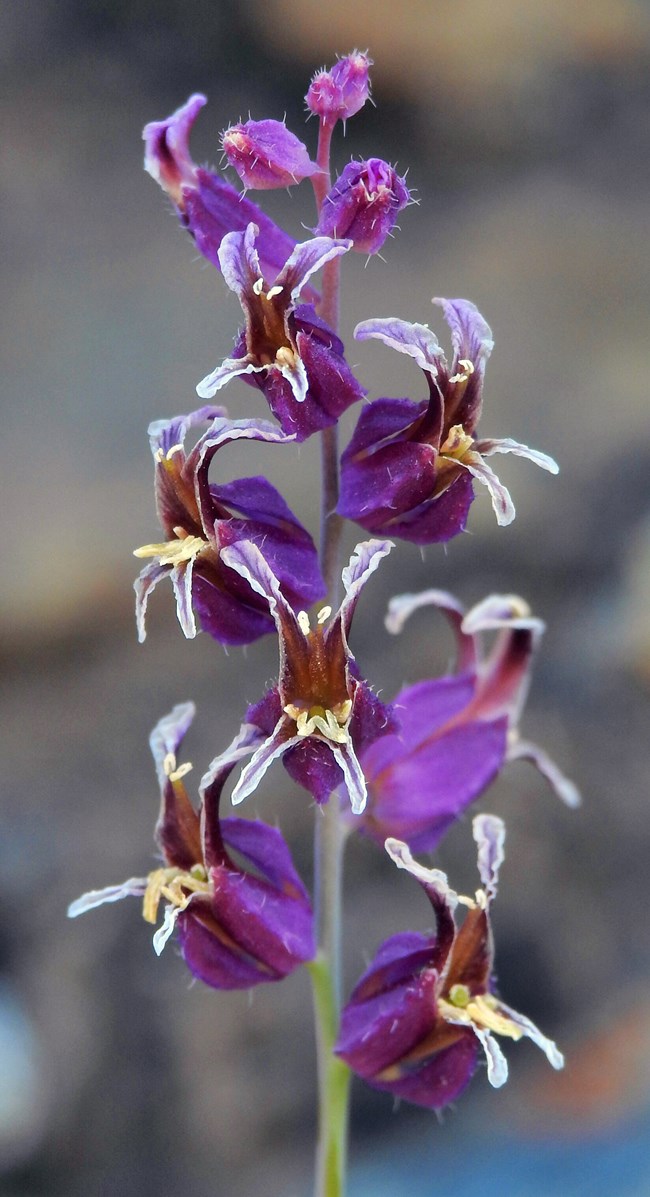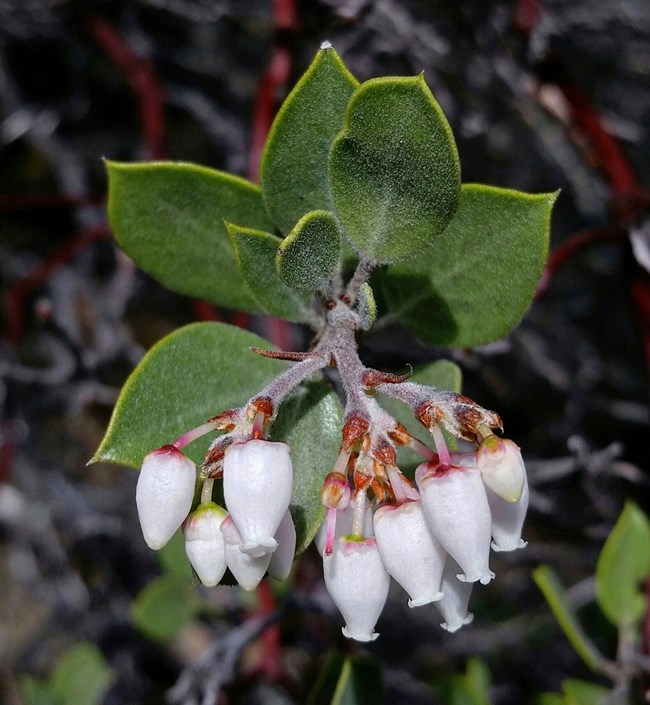Last updated: December 2, 2019
Article
Crews Survey Serpentine Barrens on Mount Tam

Rachel Kesel / One Tam

David Greenberger / One Tam
Areas with large amounts of serpentinite, California’s greenish state rock, are uniquely common on and around Mount Tamalpais in Marin County. They appear as sparsely vegetated patches of rocky soil known as serpentine barrens. Serpentinite-rich soils have lots of magnesium and heavy metals, and very little calcium and nitrogen, a combination that is too harsh for most plants. The few plants that do grow in serpentine barrens are typically specialized, rare, locally endemic species. However, much about serpentine barrens and the rare endemic species that they support remains a mystery. How are these species doing? How common are they around Mount Tam? What threats do they face? Do barrens of different sizes support more or less diverse and resilient populations of these species?
To find answers, One Tam launched the Serpentine Endemic Occupancy Project in 2016. They began by identifying over 85 distinct patches of serpentine barren habitat in their area of focus with a combination of field observations and analysis of existing maps and imagery. They then began surveying the barren patches and the plants they contain.

David Greenberger / One Tam

David Greenberger / One Tam
This year, crews completed their fourth year of serpentine barren surveys. The most common of the rare plants they found included Tiburon buckwheat, Mt. Tamalpais manzanita, and serpentine reedgrass. This year’s surveys also revealed the presence of three invasive grassess known to impact serpentine barren environments. Crews most commonly observed Purple false brome in 2019 (in or adjacent to 10 out of 28 barrens), as well as in previous years. Both this year’s dataset and the overall four-year dataset also indicate that the larger the serpentine barren, the more rare species it is likely to contain. There will be even more to learn as these surveys continue. For example, in the coming years, crews will begin re-visiting representative patches from their first several years of surveys to learn more about how Mount Tam’s serpentine barrens are changing over time.
For more information, check out the Serpentine Endemic Occupancy Project’s 2019 Field Season Report, or contact David Greenberger with any questions.
